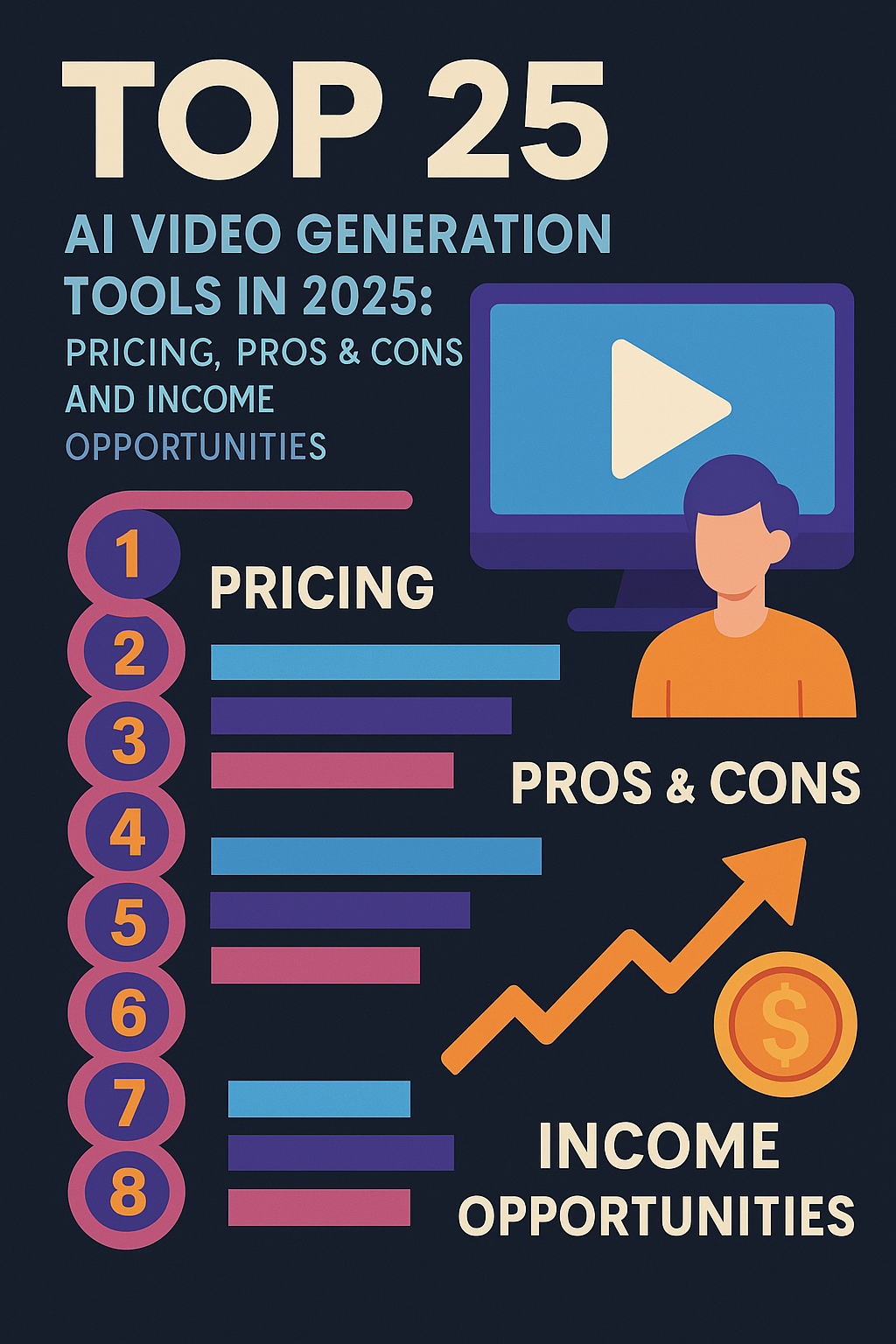
Introduction to Qlik Sense
In the rapidly evolving world of data analytics and business intelligence (BI), Qlik Sense has emerged as a cutting-edge tool that empowers businesses to explore vast amounts of data and uncover actionable insights. Launched in 2014 by Qlik, Qlik Sense is the successor to QlikView, designed with a focus on self-service data discovery, interactive visualization, and advanced analytics.
Advantages of Qlik Sense
- User-Friendly Interface: Qlik Sense is known for its intuitive drag-and-drop interface, which allows users with little to no technical background to create insightful dashboards and reports. This ease of use is particularly beneficial for business users who need to analyze data without relying on IT teams.
- Powerful Data Integration: The platform supports seamless integration with various data sources, including databases, cloud services, and spreadsheets. This ensures that businesses can combine and analyze data from multiple sources in one place.
- Advanced Analytics: Qlik Sense offers advanced analytics capabilities, such as data mining, predictive analytics, and AI-driven insights. These features help users identify trends, forecast outcomes, and make data-driven decisions with confidence.
- Scalability and Accessibility: Built on a modern, cloud-native architecture, Qlik Sense is highly scalable, making it suitable for businesses of all sizes. It also supports mobile access, allowing users to interact with their data on the go.
- Data Storytelling: One of Qlik Sense’s standout features is its data storytelling capability. Users can create narrative-driven presentations that combine data visualizations with annotations, making it easier to communicate insights to stakeholders.
Importance of Qlik Sense
In today’s data-driven world, the ability to make informed decisions quickly is crucial. Qlik Sense plays a vital role in this by providing businesses with the tools they need to analyze large datasets, uncover hidden patterns, and gain insights that drive strategic decisions. Its self-service nature democratizes data analysis, enabling everyone in an organization, from executives to analysts, to make data-driven decisions.
Why Learn Qlik Sense?
Learning Qlik Sense offers numerous benefits, particularly for individuals pursuing careers in business analytics, data science, or any field that involves data-driven decision-making. Here’s why:
- High Demand for BI Skills: As businesses increasingly rely on data to guide their strategies, the demand for professionals skilled in BI tools like Qlik Sense is on the rise. Mastering Qlik Sense can open doors to a wide range of career opportunities.
- Versatility: Qlik Sense is used across various industries, from finance to healthcare to retail. Learning this tool equips you with versatile skills that are applicable in multiple sectors.
- Enhanced Decision-Making: Understanding how to use Qlik Sense to analyze data allows you to make informed, evidence-based decisions. This skill is invaluable not only in the workplace but also in academic research and personal projects.
How Qlik Sense is Helpful for MBA | PGDM Graduate Students
For MBA | PGDM students, proficiency in Qlik Sense can be a game-changer. Here’s how:
- Practical Application of Theoretical Knowledge: MBA programs often emphasize data analysis and decision-making. Qlik Sense provides a hands-on way to apply these concepts, allowing students to analyze real-world data and gain insights.
- Enhanced Project Work: Whether it’s market research, financial analysis, or operations management, Qlik Sense can be used to support MBA | PGDM project work, helping students present data in a clear, compelling manner.
- Competitive Edge: In a competitive job market, having Qlik Sense on your resume can set you apart from other candidates. Employers value candidates who can not only analyze data but also translate it into actionable business strategies.
Disadvantages of Qlik Sense
While Qlik Sense is a powerful tool, it does have some limitations:
- Limited Customization: Compared to QlikView, Qlik Sense offers fewer customization options for developers. While this makes it more user-friendly, it may be limiting for users who require extensive control over data and visualization designs.
- Learning Curve for Advanced Features: Although Qlik Sense is designed to be user-friendly, mastering its more advanced features, such as scripting and complex data models, can be challenging and may require additional training.
- Cost: For small businesses or individual users, the cost of licensing Qlik Sense can be prohibitive, especially when compared to some open-source alternatives.
Conclusion
Qlik Sense is a versatile and Powerful BI tool that offers significant advantages for businesses and individuals alike. Its user-friendly design, advanced analytics, and data storytelling capabilities make it an essential tool for anyone looking to harness the power of data. For MBA students, in particular, learning Qlik Sense can provide a strong foundation in data analytics, enhancing their academic work and boosting their career prospects. While it has some drawbacks, the benefits of mastering Qlik Sense far outweigh its limitations, making it a valuable addition to any professional skill set.
























































































































































